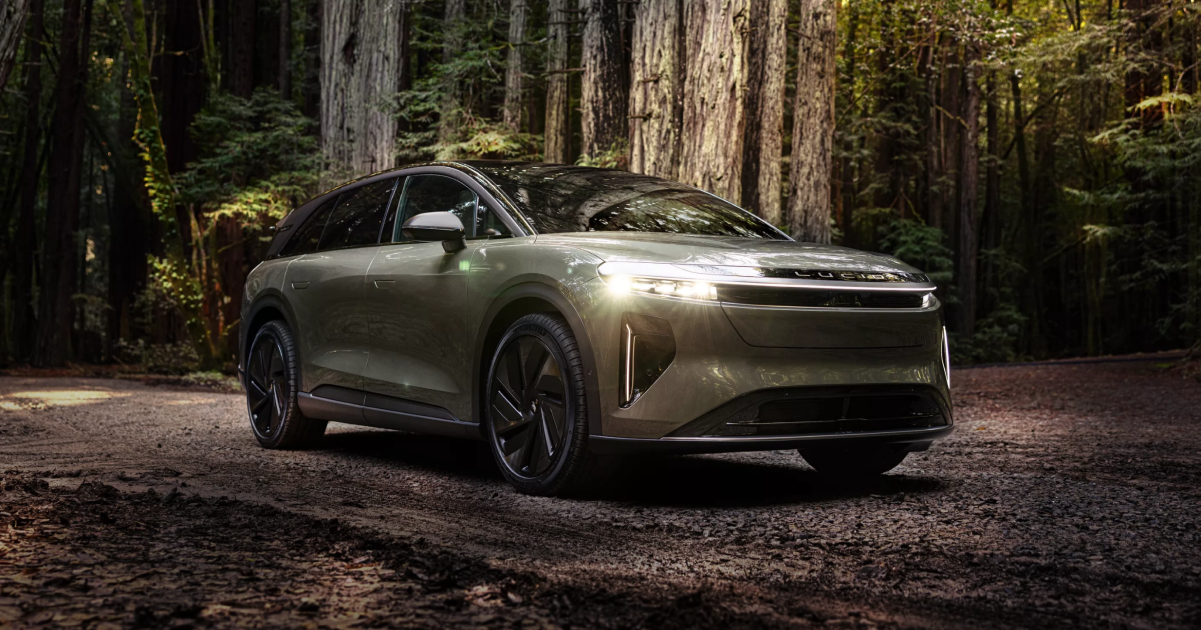Pricing and Core Specifications
Mercedes-Benz is preparing a fresh push into electric vehicles in the United States, and the new CLA-Class marks the start of that effort. The company has revealed U.S. pricing and official range estimates for the upcoming all-electric sedan, positioning it as a more compelling and better-balanced EV than many of its earlier attempts.
The entry model, the CLA 250+ with EQ Technology, begins at $47,250 before destination fees. It features a single-motor, rear-wheel-drive setup delivering 268 horsepower, 247 lb-ft of torque, and an EPA-rated driving range of up to 374 miles. Mercedes estimates a 0–60 mph time of 6.6 seconds, placing it squarely within the performance expectations for a premium compact luxury sedan.

Higher Performance With Minimal Price Increase
For buyers seeking more power, Mercedes offers the CLA 350 4Matic with EQ Technology. Priced from $49,800, this variant adds dual-motor all-wheel drive and boosts output to 349 hp and 380 lb-ft of torque. Despite the higher performance, the model still maintains an EPA-certified range of 312 miles, making it competitive with alternatives such as the Tesla Model 3.
Both CLA models share an 85-kWh battery pack and support DC fast charging of up to 320 kW. Mercedes claims the sedan can charge from 10% to 80% in as little as 22 minutes, while drivers can add 100 miles of range in about five minutes, or more than 200 miles in roughly ten minutes, when using 500-amp fast chargers.
A New Electric Platform for Mercedes
The new CLA-Class is the first U.S. model built on Mercedes’ Modular Mercedes Architecture (MMA), which can accommodate fully electric and gasoline powertrains. Despite its flexibility, the platform incorporates advanced features typically reserved for higher-end EVs, including an 800-volt electrical architecture that enables the car’s fast-charging capabilities.
Mercedes plans to expand MMA-based models in the coming years. A compact crossover is expected next, followed by additional variants aimed at filling entry-level positions in the lineup. While the European market may receive a shooting brake version, U.S. customers are unlikely to see that body style.
Positioning Against the Previous CLA Generation
What stands out is how little pricing has shifted compared with the final gasoline-powered CLA sold in the U.S. That model started at roughly $46,000, only slightly below today’s electric version. Despite the close pricing, the new CLA is significantly more sophisticated, offering longer range, faster charging, and a modern cabin designed around Mercedes’ newest software and driver-assistance features.
The first-generation CLA, introduced for the 2014 model year, served as an accessible entry point into the brand. The new CLA aims to fill a similar role—but with EV credentials that match the expectations of today’s luxury buyers.

Mercedes’ Second Attempt at an EV Strategy
The CLA-Class also represents a strategic shift for Mercedes. The company’s first wave of EVs under the EQ branding struggled in the U.S. due to high prices and polarizing styling. Now, the automaker is moving toward electrified versions of its established nameplates, such as the CLA, G-Class with EQ Technology, and the forthcoming GLC EV. The goal is to blend familiar design with improved efficiency, range, and usability—elements the previous generation of EQ models lacked.
Early impressions from European reviewers indicate that the CLA delivers strong efficiency and refined driving dynamics. U.S. drivers will soon have the chance to evaluate it themselves, and if Mercedes’ specifications hold up in real-world use, the new CLA-Class could signal a much-needed reset for the company’s EV ambitions.
Recommend Reading: Mercedes Slashes $50,000 Off the Maybach EQS SUV to Boost Sales








Share:
Zeekr Rolls Out ADAS Upgrades for Older EVs as Tesla Owners Still Wait
BYD Expands Its European Lineup With a Strategic New Plug-In Hybrid